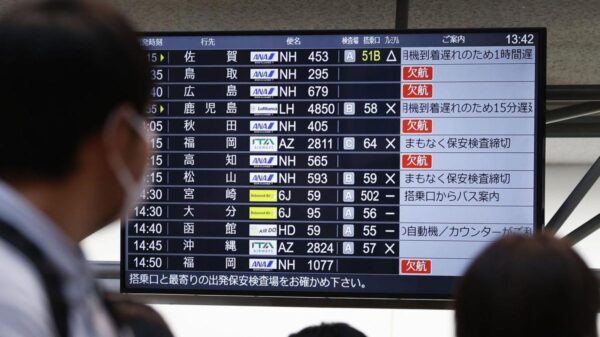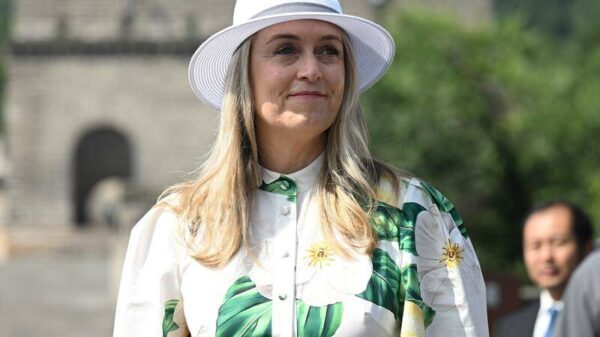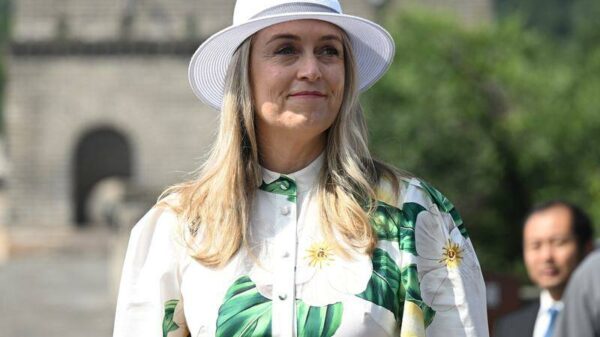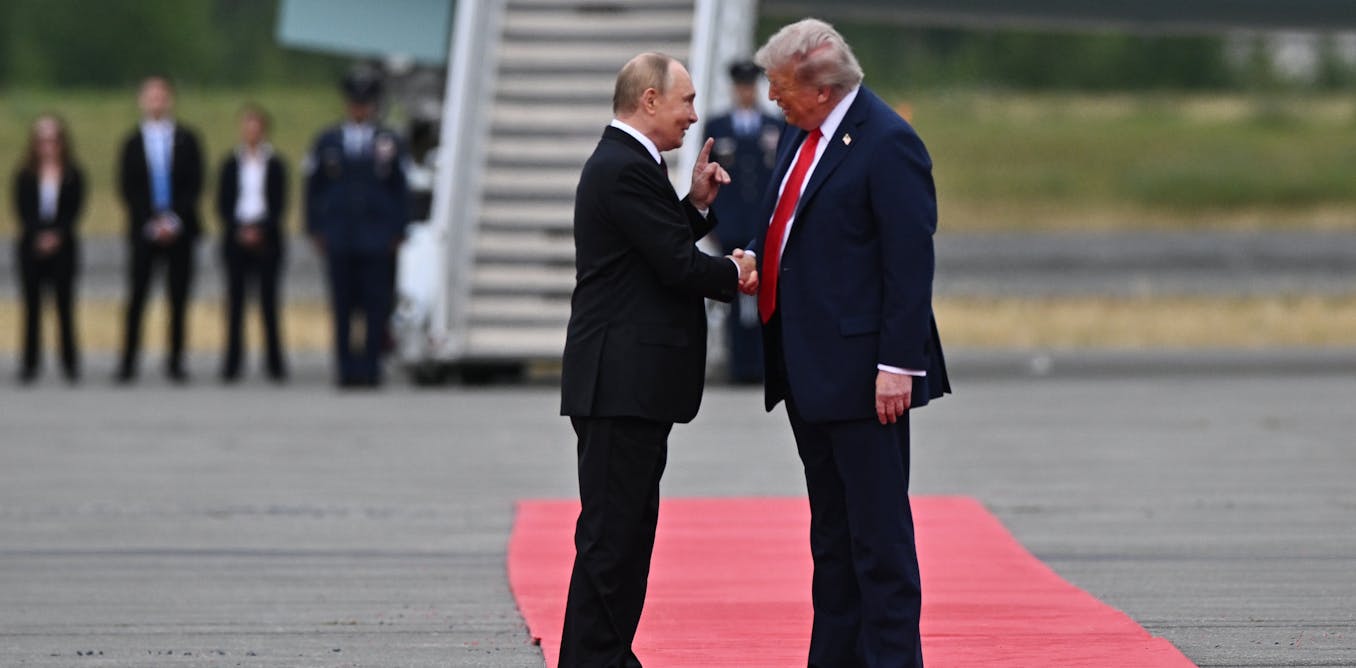The summit between Donald Trump and Vladimir Putin in Alaska has raised significant concerns regarding the future of Ukraine. The meeting concluded earlier than anticipated, with both leaders praising one another during a press conference that lacked questions from the media. This event has led to speculation that the White House prioritizes a relationship with Russia over a sustainable resolution to the ongoing conflict in Ukraine.
The choice of Alaska as the summit location was noteworthy. Russia has long claimed that Alaska, sold to the United States in the 1860s, rightfully belongs to them. The Kremlin had previously emphasized this point, recalling past propaganda efforts that stated, “Alaska is ours!” Trump’s remarks, suggesting he would “go back to the United States” if he found the discussions unsatisfactory, added an awkward tone to the proceedings. Upon Putin’s arrival, U.S. military personnel laid out a red carpet, treating him as a respected leader rather than addressing allegations of war crimes.
Beyond the symbolism of the event, Trump’s approach provided Putin with several advantages that could boost his support domestically while normalizing U.S.-Russia relations on the global stage. Typically, summits signify a desire to improve ties, but Trump’s invitation allowed Putin to present himself as an equal to the U.S. president. Notably, there was no mention of Russia’s human rights violations or its aggressive actions against NATO, as Trump framed both leaders as victims of the “Russia, Russia, Russia” narrative regarding interference in the 2016 U.S. presidential election.
Putin left the summit with significant gains. He positioned any resolution of the Ukraine conflict around “root causes” — implicitly blaming NATO for the situation. Trump deferred responsibility for resolving the conflict to Ukraine and Europe, stating, “it’s ultimately up to them.” This shift in responsibility could signal a troubling trend for Ukraine as it navigates the ongoing war.
In the aftermath, details of a potential peace proposal began to surface, suggesting that Putin might accept a stabilization of front lines in the Kherson and Zaporizhzhia regions if Ukraine agrees to cede control of all of Luhansk and Donetsk. This proposal does not include an immediate ceasefire, which is what Ukraine and European leaders prefer. Instead, it appears to be aligned with Kremlin interests, potentially setting a trap for Ukraine and its allies.
Ukraine currently retains control over significant portions of Donetsk, making the prospect of ceding territory a complex and perilous issue. Abandoning these regions would not only hand over valuable resources to Russia but also weaken Ukraine’s defensive positions, opening avenues for future Russian advances toward key cities like Dnipro and Kharkiv.
Trump’s apparent endorsement of Russia’s territorial demands complicates the situation, as it may further fracture the transatlantic alliance. Questions remain about who would secure any new front lines and whether Ukraine would be allowed to rearm in the face of potential future aggression from Russia. The Kremlin has consistently opposed NATO membership for Ukraine, raising doubts about whether European or American forces could effectively secure the proposed boundaries.
In a potential silver lining, there are indications that the U.S. might offer Ukraine a “non-NATO” security guarantee. However, this should be approached cautiously. The Trump administration has previously expressed mixed signals regarding U.S. commitments to European defense under NATO’s Article 5, calling into question the reliability of American support in a future conflict.
European leaders have reacted firmly to the Alaska summit, expressing support for Ukraine while making it clear that they will back President Volodymyr Zelensky if any agreement proves unacceptable. Zelensky has already rejected the idea of ceding the Donbas region to Russia. Moving forward, Europe faces the reality of needing to take a stronger leadership role in security matters, rather than merely responding to crises as they arise.
Ultimately, the Alaska summit reveals that the Trump administration’s approach to peace in Ukraine is intertwined with its broader goal of fostering a closer relationship with Russia. The means of achieving peace appear secondary to Trump’s desire for recognition, potentially complicating the already delicate dynamics in Eastern Europe. As the geopolitical landscape evolves, the implications of this summit will likely resonate across international relations, demanding attention from leaders and experts alike.































































